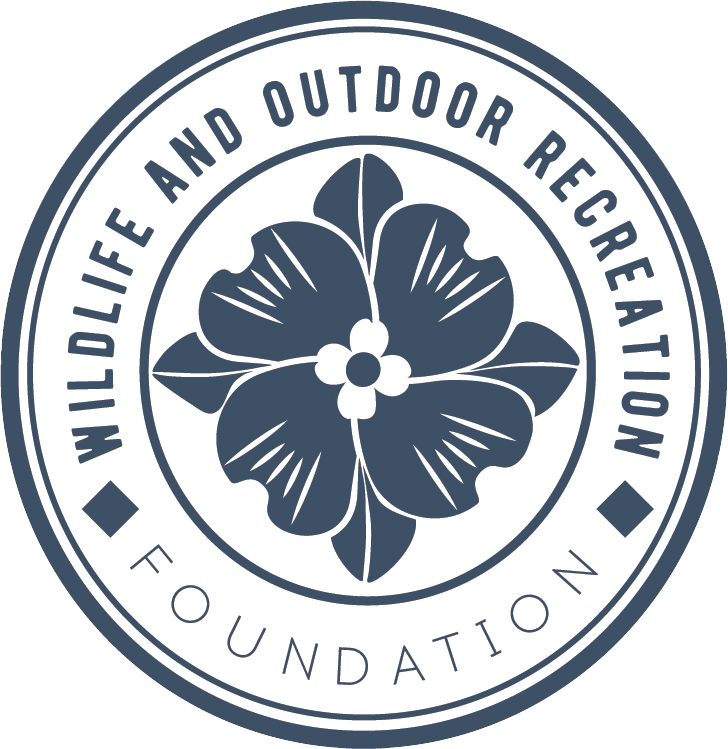Bog turtles (Glyptemys muhlenbergii) are small, semi-aquatic turtles. Bog turtles are relatively small turtles, with adults typically ranging from 3 to 4.5 inches (7.6 to 11.4 centimeters) in length. They have a dark carapace (top shell) with bright yellow or orange spots, and their skin is often adorned with similar colored markings. Their plastron (bottom shell) is typically orange or yellow. They have a distinctive bright orange patch behind each eye.
What is the Smallest Turtle!
Bog turtles are the smallest turtle in North America!
Photo Credit: Jeff Hall
Bog turtles prefer wetlands with shallow, slow-moving water, abundant vegetation, and muddy substrates. They are often found in sphagnum bogs, wet meadows, and areas with lush grasses and sedges. Clean water and suitable basking sites are essential components of their habitat.
Breeding typically occurs in the spring or early summer. Females lay relatively small clutches of eggs (usually 1-6 eggs) in hidden, sandy or loamy soil near water. The eggs hatch in a few months, and the young turtles are on their own from birth.
Late Summer/Early Fall
Bog turtles hatch!
They are only about 1 inch long at hatching, and must fend for themselves.
Photo Credit: Jeff Beane
Bog turtle eggs typically hatch in late summer or early fall (August - October). The exact timing can vary based on environmental factors such as temperature and humidity. After the female bog turtle lays her eggs in a hidden, sandy or loamy soil near water in the spring or early summer, the eggs undergo an incubation period that usually lasts a few months.
During the winter, bog turtles seek out areas where they can avoid freezing temperatures and maintain suitable conditions to survive until spring. In their natural habitats, they often burrow into the mud at the bottom of shallow water bodies, including the deeper areas of bogs and wetlands. This substrate provides some insulation against extreme cold and helps them avoid freezing. The depth at which they bury themselves can vary based on the specific conditions of their habitat it can range from about 6 to 18 inches of mud. By burying themselves in the mud, they reduce their exposure to harsh winter conditions, including freezing temperatures. While in this state, their metabolic rate decreases significantly, allowing them to conserve energy until temperatures rise again in the spring.
It's crucial to conserve and protect the habitats of bog turtles, especially during winter, as disturbances to their hibernation sites can have detrimental effects on their survival. Protecting wetlands and minimizing human disturbances in these areas are essential for the conservation of these threatened turtles.



